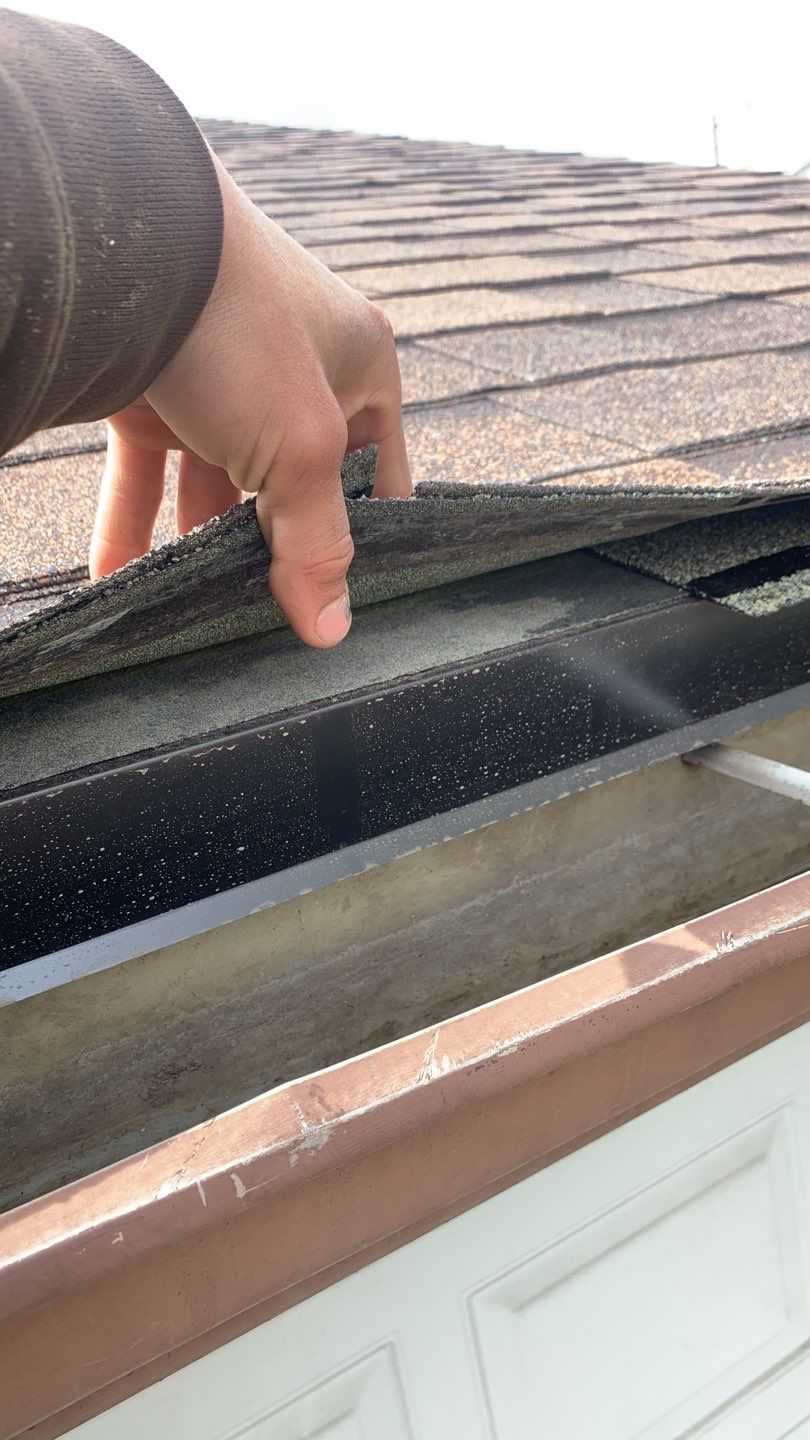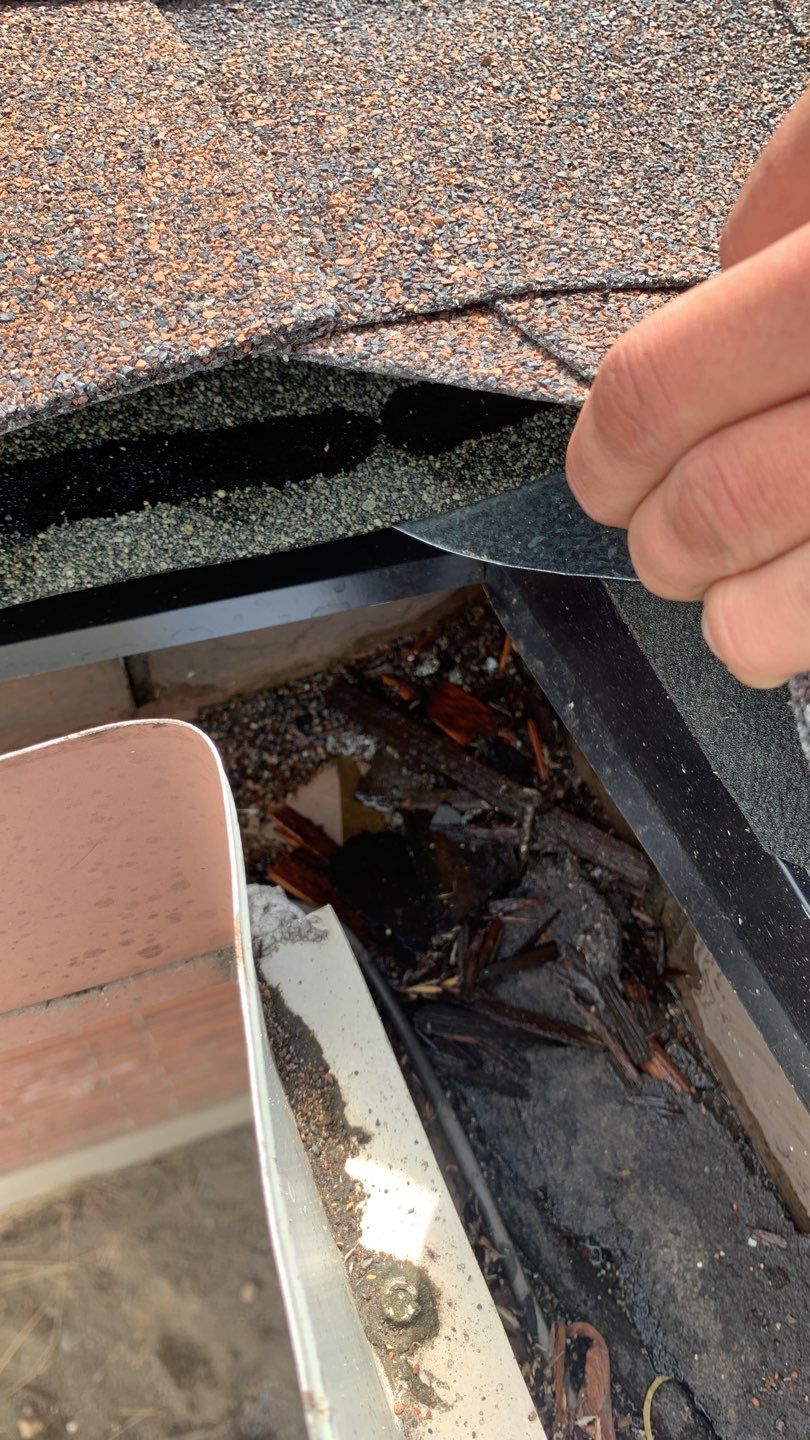Roof gutters are essential for the house as drains collect water from the roof surface, divert it from the house’s facade and foundation, and help prevent lawn erosion. In addition, the less water gets on the exterior walls and plinth area, the longer they continue to look good and keep their thermal insulation properties.
The drainage system itself has horizontal and vertical parts interconnected by funnels. The horizontal part of a draining system has two components: a gutter itself and brackets that support it. If we designate each piece of the drainage system structurally, then the vertical riser is a pipe, also known as a downspout, and the horizontal gutter is a pipe cut lengthwise through the middle creating two tubes.
Does your house need gutters? Yes, roof gutters are essential as the water drainage system is a multi-component engineering structure capable of withstanding significant loads of water, snow, and strong winds for many years, reliably preserving the water damage.
The drainage system includes pipes, drains, wall gutters, fasteners, and snow holders that protect the system from large amounts of snow and ice coming off the roof. In addition, competently designed and professionally installed gutters allow rainwater to stream down a roof’s surface, significantly increasing the service life of all roofing structures.
Gutters vs no gutters. What can happen to a house with no drains?
Although having a drainage system is not a legal requirement, a private house with no gutters is not such a harmless phenomenon.
1. Basement and facade damage
No wall material is designed for excessive exposure to water with freezing/thawing cycles. Many years of experience prove that the main cause of basement and facade moisture damage is rainwater. When moisture does not have time to evaporate and freezes in building materials, it results in the peeling of the plaster layer and facing stone, stratification of the brickwork of the basement.
In wet and windy weather, water penetrates into wall materials. When water runs down directly from the roof and washouts of dirty water appear on the walls, causing the house to look dated. But this is not the biggest problem.
In a hinged facade sheathed with edged boards, block houses, facade clapboards or siding, water penetrates into the structures, causing wood rotting and dampening of the mineral wool insulation layer (if the house is insulated).
In round-log houses or houses made with wooden beams, the weakest point is the joint between the base and the lower beam (log). It makes it the most likely place of moisture accumulation.

2. Moisture issues
The purpose of the roof gutters is to collect rain, melted snow, and condensate flowing down the roof’s slope and direct it to the outer contour of the building. Without this organized water collection, excess moisture will form around the entire house. At best, it will form a large number of puddles and, at worst – create stagnant water and waterlogging around the house. It puts an additional and unplanned load on the foundation and basement. If the waterproofing of the foundation is performed poorly or was not designed for increased moisture exposure, the foundation damage starts. From the foundation, due to water rising, the basement structures progressively lose their shape and reliability.
3. Basement flooding and foundation erosion
If the blind area is not taken care of, the moisture gets into the ground, which can be a serious test for basement insulation and even lead to the fact that the underlying foundation is washed out. The consequences will be much more critical because it can lead to subsidence in the building and cracks in the supporting structures (walls, floors, roofs).
Structural damage also occurs due to the freeze/thaw cycle, where accumulated water freezes and destroys foundation and plinth building materials from the inside. The process is imperceptible, but inexorable. Water damage can lead to significant repairs in just a few years.
4. Mold issues
In buildings with a blind area, due to continuous water spraying from the roof, mold starts to grow profusely, which may turn the blind area and the base black. Subsequently, it should be possible to remove mold from building materials using unique chemical compounds. Such troubles appear due to a negligent attitude to the issue of drainage of the building.
Can you live in a house without gutters?
Each specific case requires a design solution and expert advice that will help determine the composition of the drainage system based on the property’s characteristics. The drainage system should be designed specifically for each roof area to divert the volume of water you need. Proper installation and following maintenance are also necessary.
To create a drainage system suitable for your home, we need to know the number and diameter of downpipes for your roof. A reliable roofing company will install a gutter system with maximum efficiency that will last you a long time. They will estimate the necessary materials and design an individual drainage system for your home. Using a roof builder to install a gutter system will also reduce the need for gutter cleaning.
There are many things to consider when designing water drainage. For example, mounting hooks should be prepared before the roof is installed. If it was not done at the time, the roof sheets have to be lifted and fixed in position. Also, the gutter should have a slope. It is a tricky job that can easily lead to costly mistakes if made by an untrained person.
Without a drainage system, water from the roof falls to the ground and gets into the foundation. The foundation will be washed away in summer, and when the wet ground freezes in winter, it will be unevenly lifted, leading to destruction.
Besides, gutters are also an exciting element to install or upgrade, as they can add character and elegance to your home.

Do I need gutters in my house? Does my property benefit from them?
In some cases, a house does not need gutters. For example, if the property has excellent landscape drainage and no basement. However, there are many opinions on the issue, and the solution depends on the project’s parameters.
The drainage system is needed to collect water from the roof and divert it from the facades and blind area. If there is no drainage system, it usually creates additional risks to the blind area, the foundation, and waterproofing, which may cause gradual erosion. In addition, rainwater can cause severe damage to facades.
Does a house need gutters? The drainage system has certain benefits, one of them being a protective function – the system protects the walls, window frames, and the foundation of the house from rainwater and snow. Drains over the main entrance protect your head from unpleasant drops falling from the roof and stop water from accumulating on the porch. Lack of drainage can lead to waterlogging and further destruction of the foundation of the building over time.
The other function of the drainage system is decorative. Drains should emphasize the unique look of the house, and match the roof materials, as well as other elements of the building, such as windows, architraves, window grilles, and tides.
Do I need gutters around my entire house? Which material is better?
Metal gutters are widely available, but they have not gained much popularity. Copper gutters are popular, although aluminum ones are similar in terms of technical and operational characteristics. Manufacturers offer aluminum products painted in different colors, which is undoubtedly a significant advantage. You can choose between many options according to the design of your house’s facade. However, aluminum gutters are less expensive than copper and titanium-zinc ones.
Manufacturers also offer high-strength polyvinyl chloride (PVC) products that can withstand the mechanical, temperature, chemical, bacteriological and harmful effects of solar loads. Gutters and pipes are also offered in various cross-sectional shapes: round, square, oval, and rectangular.
The main parameter of a drain is its diameter. This characteristic is considered when calculating the cost of roof drainage systems. The larger the area of the roof, the bigger the diameter of the gutter should be. The location of the riser, and the number of vertical pipes, must be taken into account too. However, the calculation of the diameter of the gutter depends only on the area of the slope from which the water will drain into the horizontal part of the drainage system.
In conclusion, why do we need gutters?
First, drains are required to collect water from the roof of your house — this is indisputable. If the water does not drain into the guttering system, the dirt accumulating on your roof (metal tiles, soft roofing) will go down the walls, forming mud stains. Secondly, rainwater will run off the blind area at the house and flow directly to the ground. This is an unorganized method of drainage that can work in small buildings with pitched roofs, provided that flowing water does not flood sidewalks. However, such drainage leads to damage to the elements of the facade, destruction, flooding of the basement, premature wear of the foundation due to excessively high hydrostatic load, and problems in the area of cornice overhangs.
Please get in touch with our roofing experts if you have questions regarding the gutters.
Any roof issues?
Our experts can provide a free consultation and advice on the best solution
Call us at



 509-201-4190
509-201-4190
